Monday 16th November, 2020

Winter can be a tough time for horses. Whilst horses are great at adapting to temperature changes, there are still plenty of things that horse owners can do to make the colder seasons easier. When the temperature falls below 5 degrees celsius, horses keep themselves warm by staying within shelters, increasing their own metabolic rate, gaining warmth from their food, and reducing blood flow to their limbs.
The youngest and oldest horses – or those with health issues or low body fat – may need more of your focus as an owner. Whilst all horses may need caring for in similar ways, the things that need doing for each horse (providing supplementary feed, etc.) will depend on that horse’s needs. It’s important to treat every horse as an individual, checking regularly for changes in body weight and assessing their body condition score.
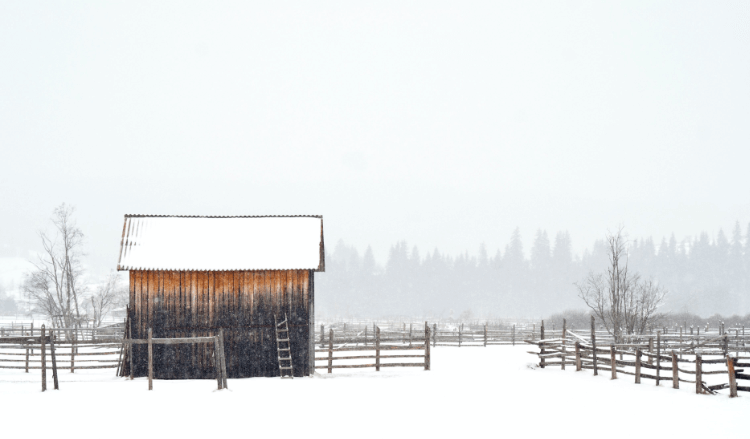
With this in mind, here are our 5 tips for horse care in winter. For more detailed information, have a read of our Horse Owner’s Guide to Surviving Winter.
It’s likely your horses will be getting less exercise over winter, so may need a lower calorie intake in order to maintain a healthy weight. However, horses will burn more calories in order to stay warm. Cutting down on oats and cool mix and providing plenty of forage (hay, haylage, or alfalfa) will work well, as will switching concentrates for molasses.
Healthy horses should have access to forage whenever they need it, but overweight horses may need a different approach in order to lose weight and still stay warm. You can do this by cutting down on their oats and cool mix but restricting their access to forage.
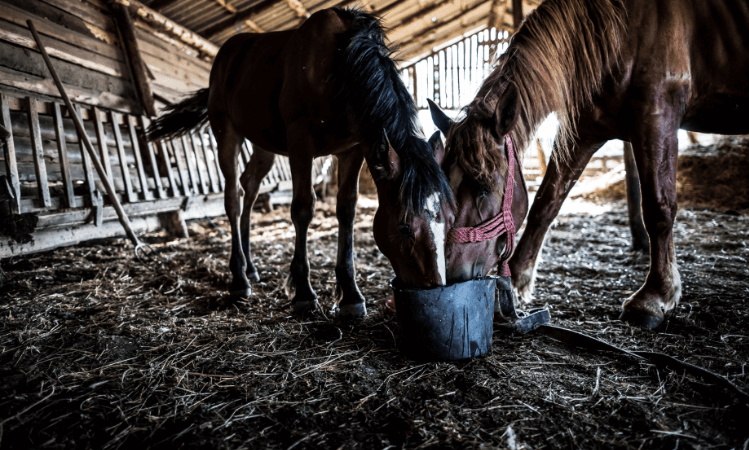
Find out more about how to feed your horse through winter on our blog.
Horses need to hydrate, just like humans. Horses that aren’t hydrated can develop impaction colic, or develop spasmodic colic eating snow and ice to hydrate themselves. You can’t control the weather, but you can control whether or not your horses have fresh water. Keep their troughs and water buckets ice-free with a float or ball.
It can be hard to see your horse left out in the cold, but the majority of horses will grow a thick winter coat as the weather gets colder and should be able to get through winter comfortably if they have access to shelter and forage. Over-rugging a horse who doesn’t need it can result in discomfort, skin conditions and weight gain.
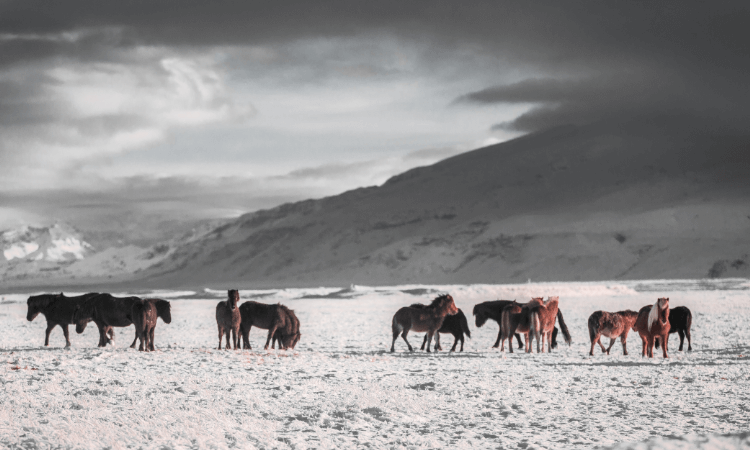
Clipped horses or horses with very low body fat may need a rug if temperatures drop below 5 degrees, so speak to your vet if you are concerned so you can do what’s best for your horse. If your horse has to be rugged, try to ensure that they get time during the day without a rug on so they can get fresh air and sun on their backs.
In prolonged periods of snow or mud, your horse can develop skin conditions like mud fever. Thoroughly checking your horses’ legs and hooves often – daily if possible – can help you spot the signs in time to prevent it. Making sure your horse is able to fully dry off each day will help.
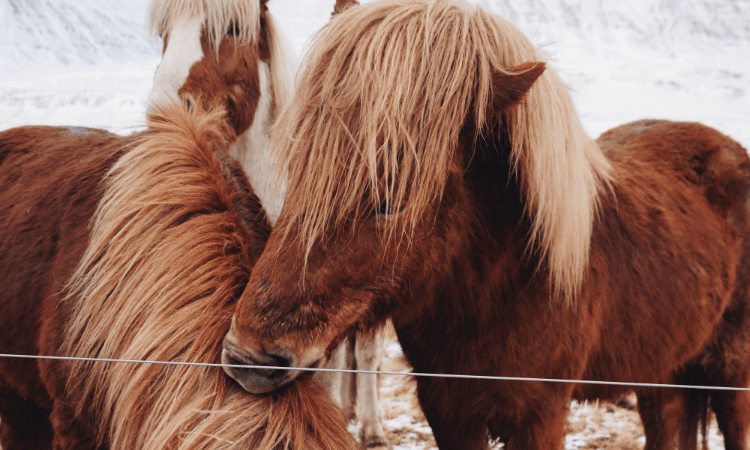
When the snow melts and the ground gets soft and muddy it may be wise to move your horses to different pastures, to avoid injury, mud fever, and long term damage to your land.
On cold, wet, windy days horses will naturally seek shelter. Whether this is natural shelter, internal stables, timber stables, or a mobile field shelter, your horse will need it as the weather gets worse. Keeping bedding clean and dry will help too, and allow your horse to get dry and keep warm each day.
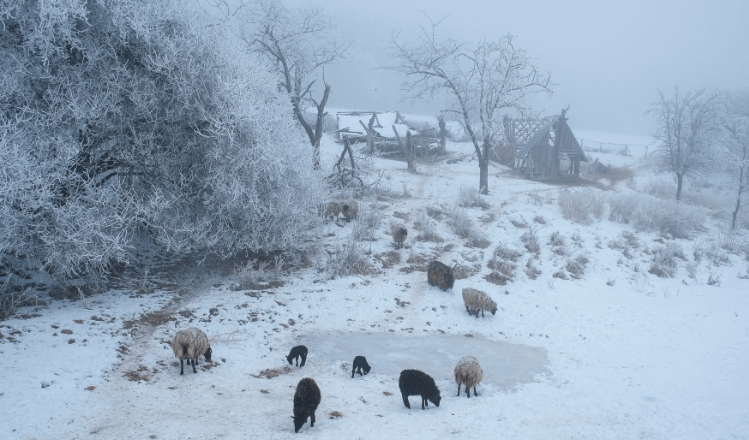
Even though the weather is on the turn and the nights are getting longer and colder, there’s still time to ensure your horse has shelter for the winter. Take a look at what we do here at Vale Stables, and see how our bespoke stable solutions could benefit you. Get in touch with us today and we can answer any questions you may have.